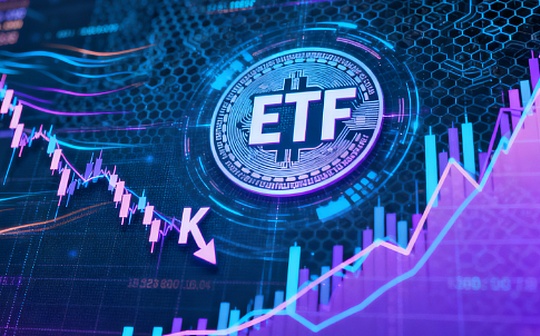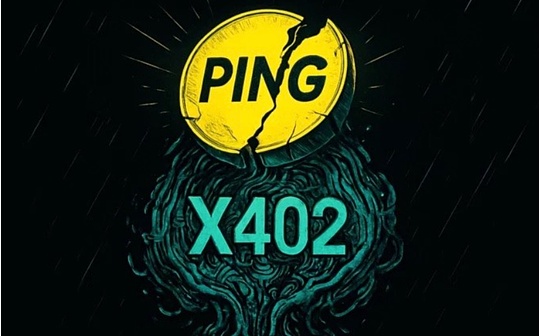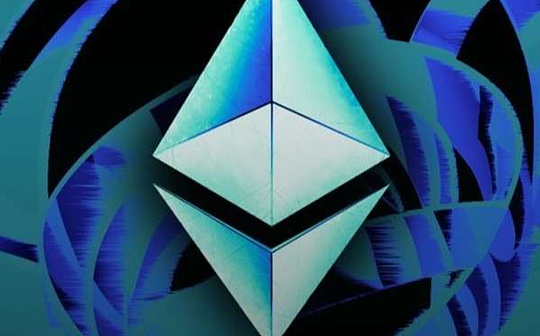
Written by: imToken
Trivia: apart from the Ethereum mainnet, who is the current first RWA chain?
The answer is – ZKsync.
That’s right, this one of the original L2 “Four Kings” who was recently praised by Vitalik for “doing a lot of undervalued but very valuable work in the Ethereum ecosystem” is becoming the most representative project sample in the Ethereum ZK route.
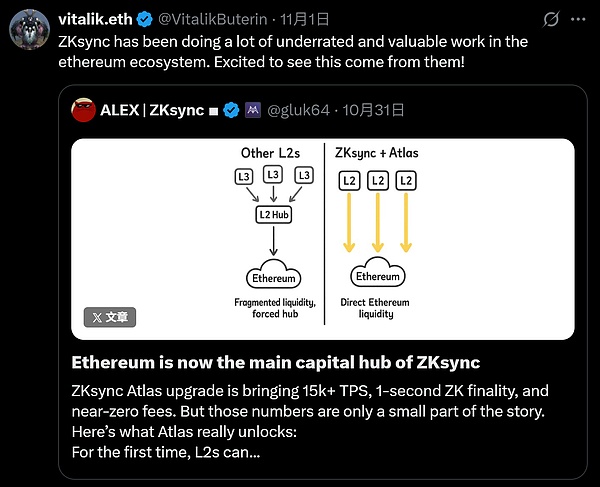
Behind this, there is actually a signal that Ethereum is accelerating towards the “singularity moment” in the era of zero-knowledge proof (ZKP): Ethereum’s ZK route is moving from L2 expansion tools to the mainline logic that truly reshapes trust, performance and ecological structure.
An Ethereum belonging to the “proof era” is gradually taking shape.
1. ZKsync, the new standard bearer of ZKP in Ethereum
As an Ethereum expansion solution based on the ZK Rollups architecture developed by Matter Labs, ZKsync was born with a silver spoon among many Ethereum Layer 2 projects. It is a ZK Rollup expansion solution funded by the Ethereum Foundation in the early stages.
It can be said thatSince 2019, it has grown almost together with Ethereum’s ZK technical line:
-
In March 2019, received funding from the Ethereum Foundation’s fifth wave grant program to support its work on L2 extensions of zero-knowledge proofs;
-
September 2019: Received $2 million in seed funding led by Placeholder VC;
-
March 2021: Completed $50 million in Series A funding (led by Union Square Ventures);
However, due to the long delay on the front line, ZKsync has not actually been smooth sailing in recent years.
First, during the 2021-2023 period when the competitive landscape of Rollup is not yet clear, OP-based L2 projects such as Optimism and Arbitrum have taken the lead, while new public chains such as Solana and Aptos have also taken advantage of the situation to rise, resulting in ZK-based lines such as ZKsync being marginalized by the market due to their long iteration cycles.
It was not until last year when the mainnet was launched and airdropped that ZKsync re-entered the public eye, but what followed was not a round of applause.Its airdrop distribution mechanism has been controversial. The trust crisis caused by contract loopholes has not yet subsided. The developer, Matter Labs, has been involved in a whirlpool of public opinion due to alleged intellectual property disputes.
It is amid this pessimism that ZKsync’s progress at both the technical and ecological ends is still eye-catching. It not only continues to promote core underlying research and development, but alsoLast month, the upgraded version of ZK Stack’s Atlas was officially launched – this is also a key step for ZKsync to move towards “enterprise-level on-chain”.
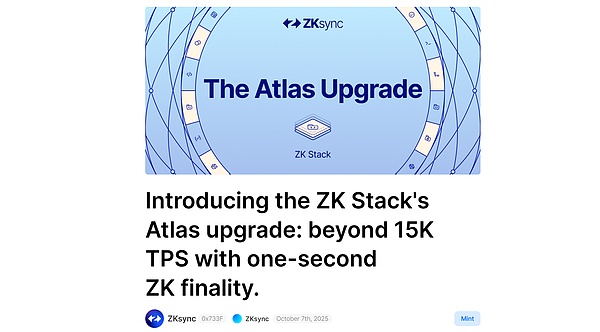
Source: ZKsync
Among them, it integrates a high-performance sequencer that can process 25,000 to 30,000 transactions per second, and supports the Airbender proof system with sub-second confirmation.
It is worth noting that Airbender is currently the fastest zkVM for single-GPU verification. For example, on an RTX 4090, the average verification time is only 51 seconds and the cost is as low as $0.01, setting a new industry record.
Another important breakthrough of ZKsync is the Prividiums private chain architecture, which allows enterprises to achieve fully compatible interactions with the Ethereum main network while ensuring privacy, verifying the validity of transactions without exposing ledger information, and achieving seamless interoperability between public and private systems.
This means,Whether it is on-chain securities, cross-border payments or foreign exchange settlement, companies can achieve instant liquidation and privacy protection within a compliance framework.——This capability also makes ZKsync an ideal bottom layer for RWA (real world assets) to be uploaded to the chain.
Because of this, ZKsync’s performance in the RWA field is particularly outstanding.According to rwa.xyz data, as of the time of publication, the issuance of tokenized assets on its chain has exceeded US$2.4 billion, making it the second largest RWA issuance network in the entire network after the Ethereum main network.
In other words, ZKsync is not only an experimental field for ZK technology, but also becoming the main ledger engine for real assets to be put on the chain.
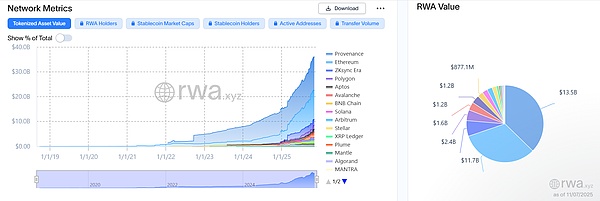
2. Is the end of zkEVM really coming?
For a long time, zkEVM has been regarded as one of the “final solutions” to expand Ethereum, not only because it can solve the performance bottleneck, but also because it redefines the trust mechanism of the blockchain.
The core idea is to enable the Ethereum mainnet to have the ability to generate and verify ZK proofs.In other words,After each block is executed, a verifiable mathematical proof can be output, allowing other nodes to confirm the correctness of the results without repeated calculations.
Specifically, the advantages of zkEVM focus on three aspects:
-
Faster verification: Nodes do not need to replay transactions, they only need to verify zkProof to confirm the validity of the block;
-
Lighter burden: effectively reduce the computing and storage pressure of full nodes, making it easier for light nodes and cross-chain validators to participate;
-
Stronger security: Compared with the OP route, ZK’s status proof is confirmed in real time on the chain, with higher tamper resistance and clearer security boundaries;
Now, all this is accelerating to become a reality.
Not long ago, the Ethereum Foundation (EF) officially released the L1 zkEVM real-time proof standard, marking the first time that the ZK route has been officially written into the mainnet-level technical plan.This standard is regarded as a key starting point for the comprehensive introduction of zero-knowledge proof mechanism——In the next year, the Ethereum mainnet will gradually transition to an execution environment that supports zkEVM verification, realizing a structural shift from “re-execution” to “verification proof”.
According to the technical roadmap announced by EF, the block proof delay target is controlled within 10 seconds, the size of a single zk proof is less than 300 KB, and a 128-bit security level is adopted to avoid trusted setup. It is also planned to allow home devices to participate in proof generation to lower the decentralization threshold.
This means that the Ethereum mainnet is no longer just a settlement layer, but has been upgraded to a “verifiable world computer” with self-verification capabilities.
In this context, ZKsync is becoming one of the earliest practitioners. Its founder Alex said that with the completion of the Atlas upgrade, ZKsync has truly achieved verification integration with the Ethereum main network – the operating rhythm, confirmation speed and liquidity of the two are almost completely synchronized.
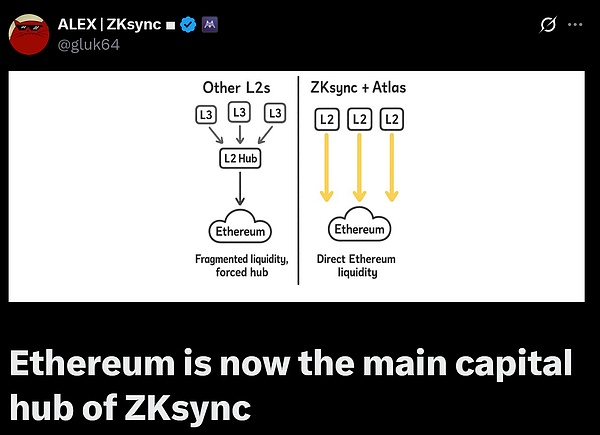
The current final confirmation time of ZKsync transactions is about 1 second, which is much faster than the 12-second block interval of the Ethereum main network. This means that transactions on ZKsync are essentially the same as the main network and only need to wait for the main network to confirm. More importantly, the cross-chain mechanism of ZK Rollup no longer has a 7-day challenge period like Optimistic Rollup. Therefore, the speed of transactions and capital flow has been improved by orders of magnitude.
Under this structure, L2 is no longer a separated expansion branch, but has truly become a “parallel expansion network” of the Ethereum main network. Liquidity does not have to be repeatedly divided and verification delays are significantly shortened.The “L2 fragmentation” problem that has plagued the Ethereum ecosystem for a long time finally has a technical solution.
3. What kind of future is Ethereum moving towards?
If you pay attention to Vitalik’s social media activity recently, you will notice a clear trend – he frequently forwards discussions related to Ethereum scalability, especially the topic of zkEVM and the evolution of the L2 architecture.
Among these mentions, in addition to ZKsync, there are also ZK ecological representative projects such as Starknet, and they all point in the same direction:The ZK era of Ethereum is fully accelerating.
It is worth noting that if nothing else happens, Ethereum’s next network upgrade, Fusaka, will be launched on the mainnet on December 3. It can be said that,This version is one of the most influential network evolutions after The Merge and Dencun. The core goal is to make L2 cheaper, faster, and more open.
It brings higher data throughput to Rollup through the PeerDAS (Peer Data Availability Sampling) mechanism; it also introduces a new branch process called Blob-only parameter to reconstruct network bandwidth, storage and data writing methods to further optimize the utilization of main network resources.
For Rollup developers, it means lower data writing costs and a more flexible interaction space; for wallets and infrastructure providers, it means a node environment that supports more complex interactions and heavier loads; for end users, it means lower experience costs and faster response on-chain operations; for enterprises and compliance users, EVM expansion and simplified state certification will also make on-chain interactions easier to access regulatory systems and large-scale deployment.
SoWhen zkEVM and Fusaka are launched together, the Rollup ecosystem is expected to usher in a real scale stage.Looking back over the past few years, Ethereum’s roadmap continues to evolve:
From the consensus upgrade of The Merge, to Dencun’s data layering, to the upcoming Fusaka and zkEVM, the entire main line always revolves around a core proposition, that is, how to strike a balance between decentralization and scalability.
Now, the answer seems to be emerging in the mathematical light of ZK.

